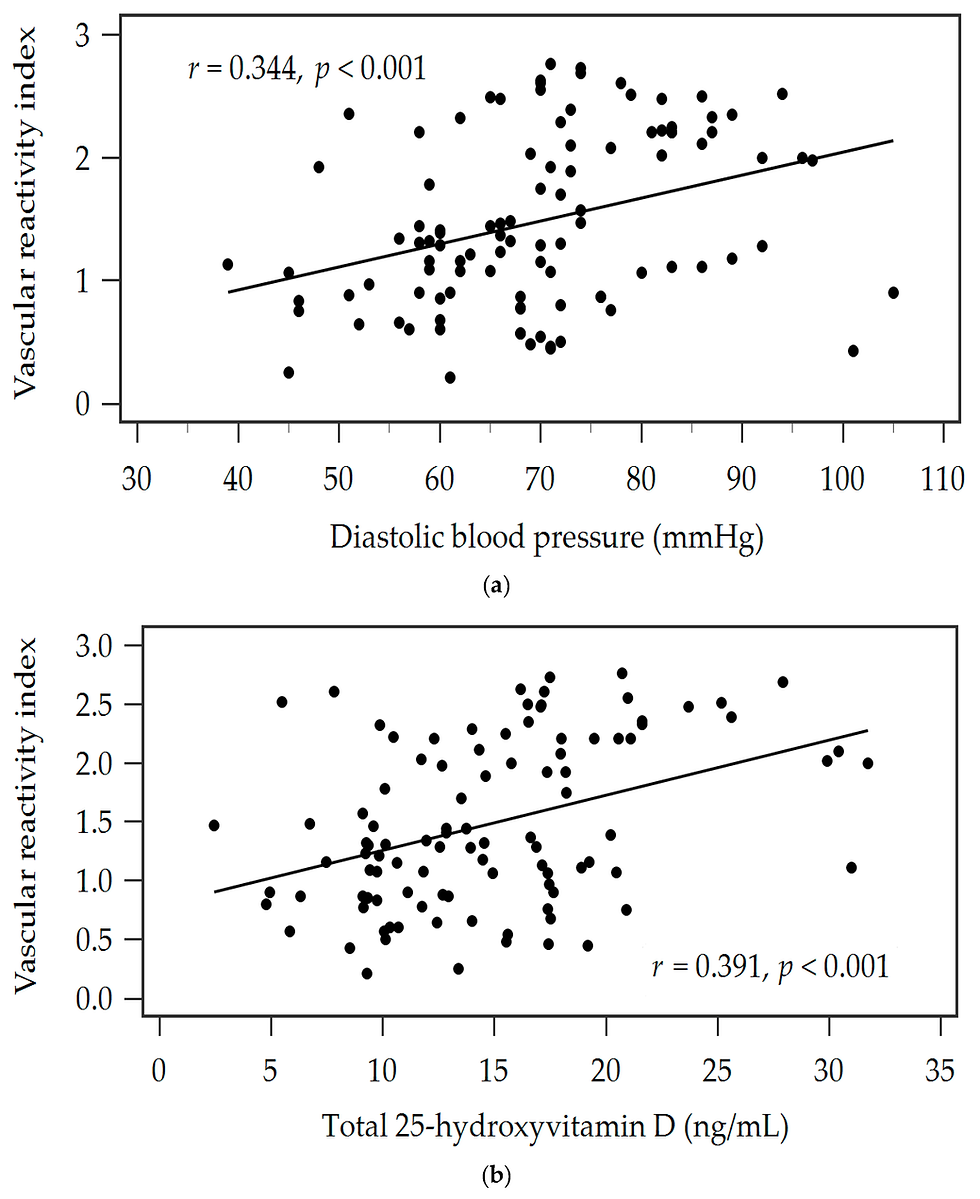Brachial artery reactivity and vascular reactive hyperemia for preoperative anaesthesia risk assessm
- heartlung
- Mar 9, 2023
- 1 min read
Brachial artery reactivity and vascular reactive hyperemia for preoperative anaesthesia risk assessment - an observational study
Abstract
Background: Non-invasive measures of vascular reactivity have emerged to refine cardiovascular risk. However, limited data exists investigating vascular reactivity as a preoperative diagnostic tool for anesthesiologists. In this study, we compare the utility of two non-invasive techniques, Brachial Artery Reactivity Testing (BART) and Digital Thermal Monitoring (DTM), as surrogates for measuring vascular reactivity.
Methods: Following IRB approval, 26 patients scheduled for major thoracic surgery (e.g. esophagectomy and pneumonectomy) were studied prospectively. BART [Flow mediated dilation (FMD) and Peak flow velocity (PFV)] and DTM [Temperature rebound (TR%)] were performed preoperatively at baseline using 5 minute blood pressure cuff occlusion of the upper arm. Statistical summaries were provided for the comparison of BART and DTM with select patient characteristics, and correlations were used to investigate the strength of the relationship between BART and DTM measurements.
Results: Patients preoperatively diagnosed with hyperlipidemia were associated with lower FMD% values {Median (Range): 14.8 (2.3, 38.1) vs. 6.2 (0.0, 14.3); p = 0.006}. There were no significant associations between BART and DTM techniques in relation to cardiovascular risk factors or postoperative complications.
Conclusion: Our study suggests that impaired vascular reactivity as measured by BART is associated with the incidence of hyperlipidemia. Also, using a novel technique such as DTM may provide a simpler and more accessible point of care testing for vascular reactivity in a perioperative setting. Both non-invasive techniques assessing vascular function warrant further refinement to better assist preoperative optimization strategies aimed at improving perioperative vascular function.
Keywords: Non-invasive diagnostic tool; Preoperative anesthesia assessment; Vascular function.



![Lipoprotein(a) levels predict endothelial dysfunction in maintenance hemodialysis patients: evidence from [VENDYS] vascular reactivity index assessment](https://static.wixstatic.com/media/dac531_5285607cc591409a9d83746f042af7c6~mv2.png/v1/fill/w_980,h_980,al_c,q_90,usm_0.66_1.00_0.01,enc_avif,quality_auto/dac531_5285607cc591409a9d83746f042af7c6~mv2.png)
Comments